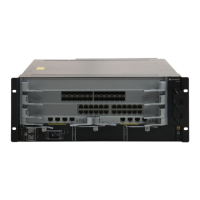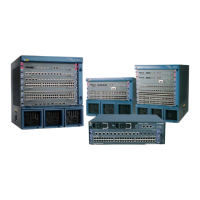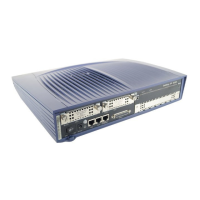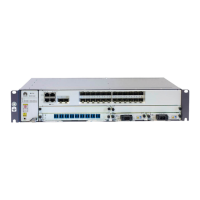Figure 2-2 Networking diagram of traffic shaping
Packets that need to be
sent from this interface
Continue to send
Token
bucket
Put tokens into the bucket at
the set rate
Classification
Drop
Queue
The delay may be increased just because the traffic shaping technology puts the packets into a
buffer or a queue. The traffic policing technology, however, does not cause a delay.
Traffic Shaping Features Supported by the S7700
The S7700 supports the following traffic shaping features:
l Traffic shaping on an interface
The S7700 performs traffic shaping for all the packets that pass through an interface.
l Traffic shaping in an interface queue
The S7700 performs traffic shaping for the packets of a certain type that pass through an
interface based on simple traffic classification. In this manner, traffic shaping based on
voice, data, and video services is implemented.
NOTE
The S7700 does not support traffic shaping according to user-defined policy.
2.2 Configuring Interface-based Traffic Policing
After interface-based traffic policing is configured, the S7700 performs traffic policing on all
service traffic on the interface.
2.2.1 Establishing the Configuration Task
Before configuring interface-based traffic policing, familiarize yourself with the applicable
environment, complete the pre-configuration tasks, and obtain the data required for the
configuration. This will help you complete the configuration task quickly and accurately.
Quidway S7700 Smart Routing Switch
Configuration Guide - QoS 2 Traffic Policing and Traffic Shaping Configuration
Issue 01 (2011-07-15) Huawei Proprietary and Confidential
Copyright © Huawei Technologies Co., Ltd.
50

